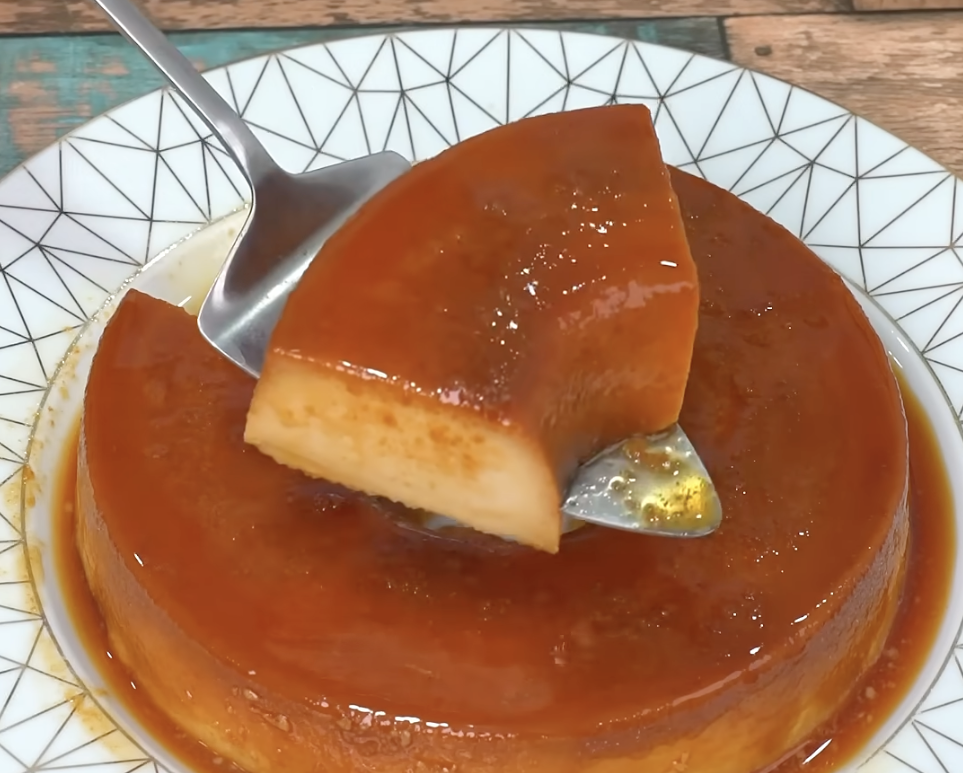Rescuing Stale Bread: A Delicious Pudding Recipe
By Olivia Jenkins | Wednesday, June 4th, 2025 | Food and Drink | Dessert

Every baker and home cook knows the heartache of stale bread. But what if we told you there’s a decadent, creamy way to bring those forgotten loaves back to life? Enter this luxurious bread pudding, a brilliant recipe passed down through generations—and yes, it’s the same trick bakeries use to maximize every crumb.
In this guide, we’ll turn leftover bread into an irresistible pudding that’s perfect for dessert or a sweet breakfast treat. All you need is a blender, a bit of patience, and a love for kitchen alchemy.
Why Use Stale Bread?
Stale bread may seem like waste, but it’s actually perfect for absorbing custard mixtures. Its slightly dried-out texture allows it to soak up liquid ingredients without falling apart too quickly, making it ideal for puddings and baked casseroles. This method not only reduces food waste, but also transforms something mundane into something magical.
Ingredients
Here's what you’ll need to make this rich, velvety pudding:
- 2 loaves of day-old or stale white bread (crusts on or off, your choice)
- 1 can (14 oz or 400g) of sweetened condensed milk
- 3 large eggs
- 2 cups (480 ml) of whole milk
- ½ cup (100g) granulated sugar (for caramel base)
Equipment
To make this dish, gather the following tools:
- Blender or food processor
- Medium-sized saucepan
- 1 deep baking mold or loaf pan
- 1 larger pan or pot for water bath
- Spatula
- Aluminum foil
- Toothpick or skewer (for doneness testing)
Step-by-Step Instructions
1. Prep the Bread
Start by cutting or tearing the stale bread into smaller chunks. This makes it easier to fit into your blender and helps ensure an even mixture.
2. Make the Custard Mixture
Place the bread chunks into a blender. Add the sweetened condensed milk, eggs, and whole milk. If your blender is small or starts to overflow, don’t worry—blend in batches and combine everything in a large bowl afterward. Blend until you have a smooth, pourable mixture with no large chunks of bread remaining.
3. Caramelize the Sugar
In a medium saucepan, pour in the granulated sugar. Heat it over medium heat, stirring occasionally until it melts into a golden-brown caramel. Be careful not to burn it, as it can turn bitter quickly.
Once melted, pour the caramel into your baking mold. Immediately tilt and rotate the mold to coat the bottom and a bit of the sides with the hot caramel. Use a spatula (carefully!) if needed to spread it around before it sets.
4. Pour in the Mixture
After caramelizing the mold, pour your bread and custard mixture directly on top of the caramel. Cover the entire mold tightly with aluminum foil to trap steam during cooking.
5. Bake in a Water Bath (Bain-Marie)
Place the covered mold into a larger baking dish or pot. Fill the outer pan with hot water until it reaches halfway up the sides of the mold. This bain-marie technique allows for gentle, even cooking, preventing curdling and helping the pudding stay silky smooth.
Cook on the stovetop over medium heat or in an oven preheated to 350°F (175°C) for approximately 40 minutes.
6. Check for Doneness
To test if your pudding is done, insert a toothpick or thin skewer into the center. If it comes out clean or with only a few moist crumbs, your pudding is ready. If it’s still wet inside, continue to cook for an additional 5–10 minutes, checking again as needed.
7. Let It Cool
Remove the mold from the water bath and allow it to cool at room temperature. Once cooled, place it in the refrigerator for at least 2 hours. This helps the pudding set and makes it easier to slice or invert later.
Serving the Pudding
When fully chilled, run a thin knife around the edges of the mold to loosen the pudding. Place a plate over the top and carefully invert. The caramel layer will create a glossy, amber topping that drips elegantly down the sides.
Serve chilled or at room temperature. It pairs wonderfully with fresh fruit, whipped cream, or even a small scoop of vanilla ice cream.
Tips & Variations
- Add spice: A dash of cinnamon or nutmeg in the custard adds warmth and depth.
- Mix in extras: Try adding raisins, chopped nuts, or chocolate chips for texture and flavor.
- Use different bread: Brioche, challah, or whole wheat all give different results—experiment with what you have!
- Don’t skip the water bath: It’s key to getting that creamy, custardy texture.
Why This Recipe Works
This recipe not only avoids waste but also yields a comforting dessert that feels fancy without being complicated. The combination of sweetened condensed milk and eggs gives it richness, while the caramel adds a beautiful contrast of sweetness and slight bitterness.
Final Thoughts
This is one of those recipes that turns ordinary leftovers into something extraordinary. The next time you’re staring at a hard loaf of bread on your counter, don’t throw it out—turn it into pudding instead. Your taste buds (and your wallet) will thank you.